Sir Bernard Williams, a British philosopher, said that September 2023 closed with outstanding cosmic events, opening up a busy future of human space exploration .
After 7 years of waiting, NASA got its hands on a precious asteroid sample of Bennu; American and Russian astronauts were brought home after being "stuck" at the International Space Station (ISS); American private space company successfully tested a new rocket engine... are 3 of the most important events in the journey to conquer space of humans in general and the United States in particular in the second decade of the 21st century.
Let's take a look at other notable US space events in September 2023 through the following photo series:
Photo 1:
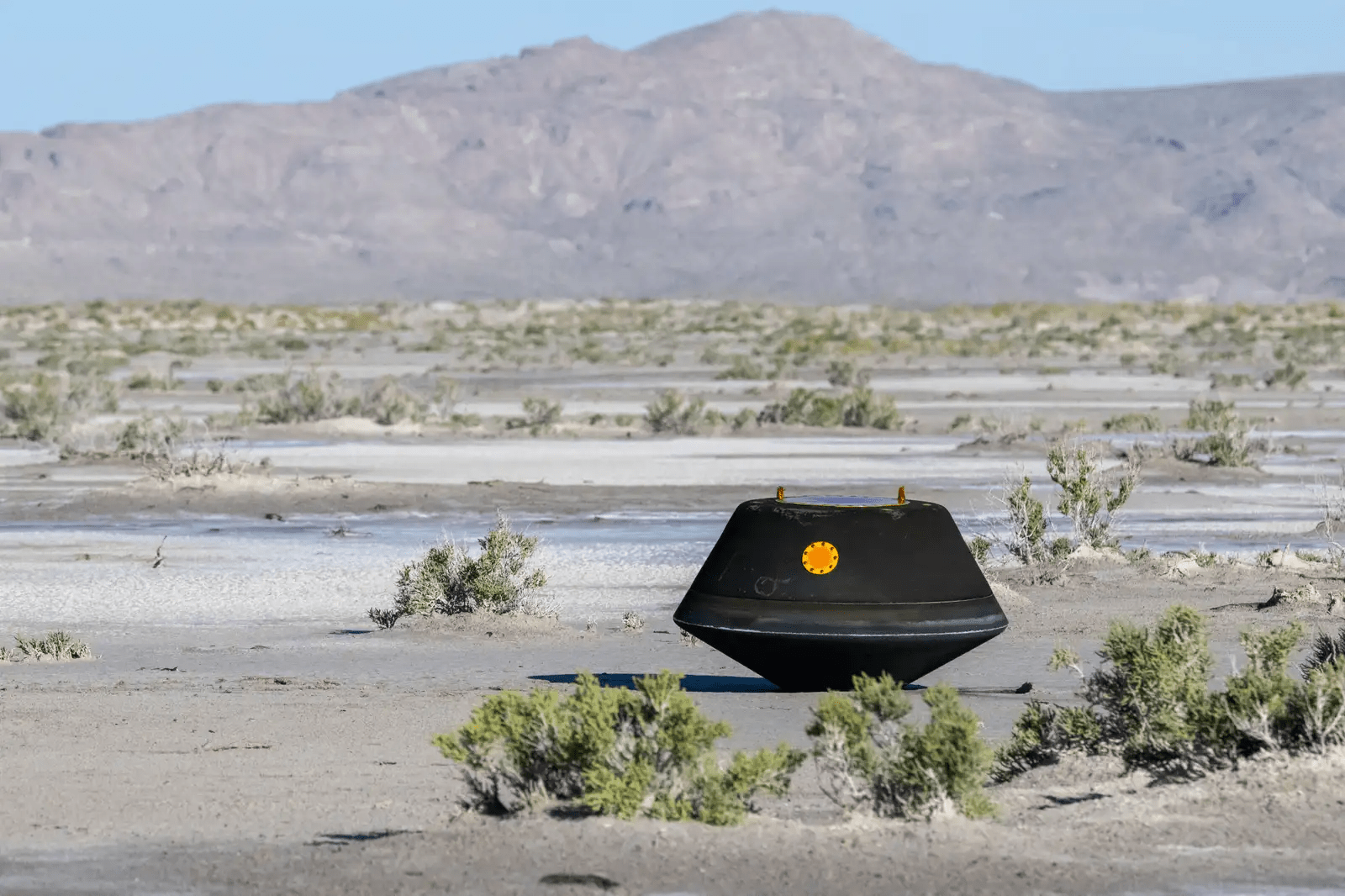
Photo: NASA/Keegan Barber
On Sunday, September 24 at 10:52 a.m. ET, a space capsule containing rocks and dust from the asteroid Bennu, collected by NASA's OSIRIS-REx mission, successfully landed at the U.S. Department of Defense 's Utah Test and Training Range near Salt Lake City, Utah, U.S.
Within 90 minutes, the capsule was transported by helicopter to the Test Site's temporary clean room.
NASA scientists are now carefully sampling asteroid Bennu at NASA’s Johnson Space Center (JSC) in Houston. The US space agency will study the samples in hopes of better understanding the early Solar System, the origins of life on Earth, and the potential resources available on asteroids for future exploration.
Photo 2:
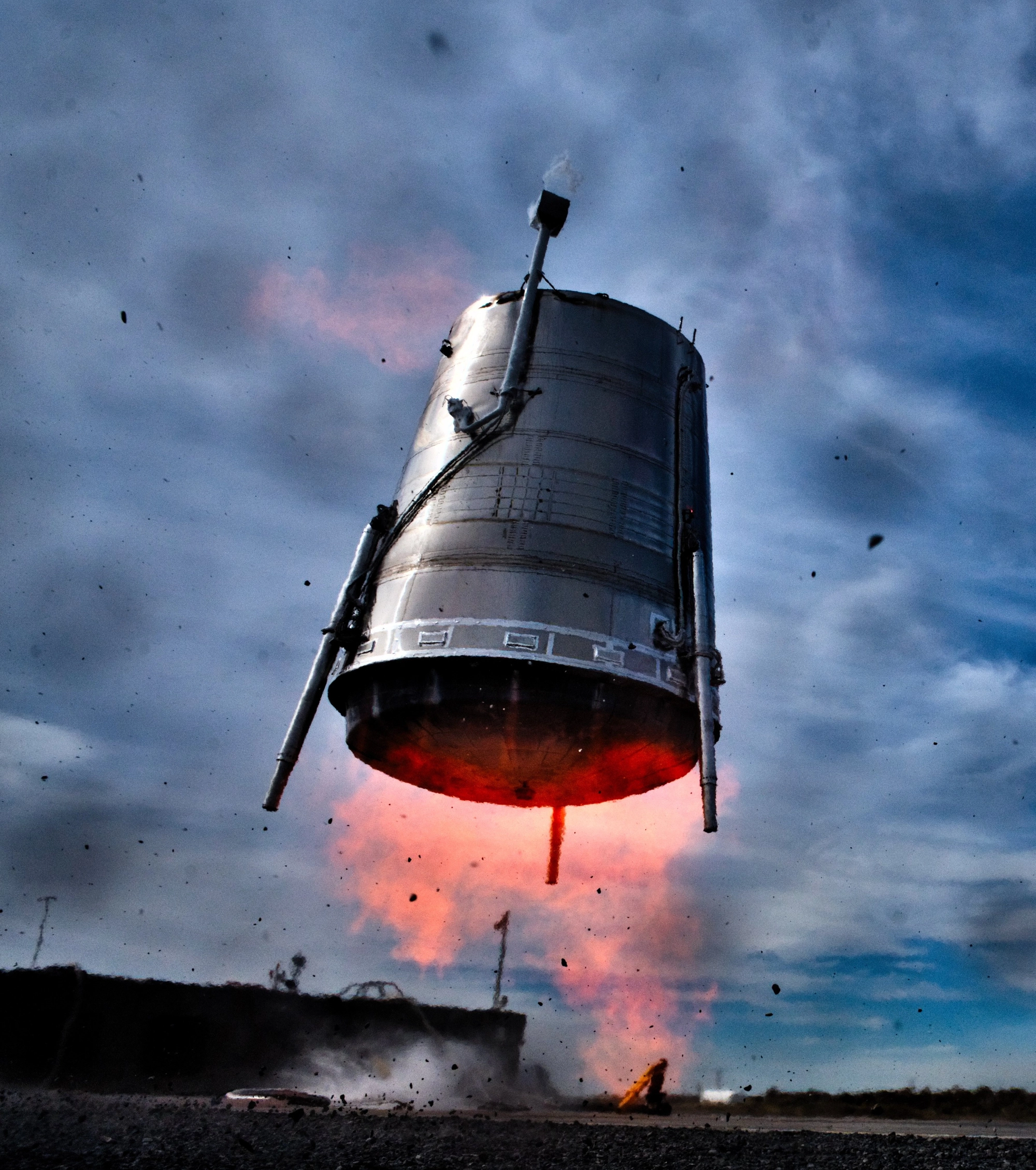
Stoke Space has shared stunning new photos from a September 17 test flight of the company's reusable Hopper rocket.
The test flight, called Hopper2 — conducted at Moses Lake, Washington, US — included a vertical takeoff and landing demonstration, in which the reusable second-stage rocket successfully lifted about 30 feet off the ground and then landed safely in the target landing zone after 15 seconds of flight.
The test flight was intended to demonstrate several systems and design elements of the Hopper, including a new hydrogen/oxygen engine, a coolant-based heat shield, and a rocket-driven propulsion system.
Photo 3:
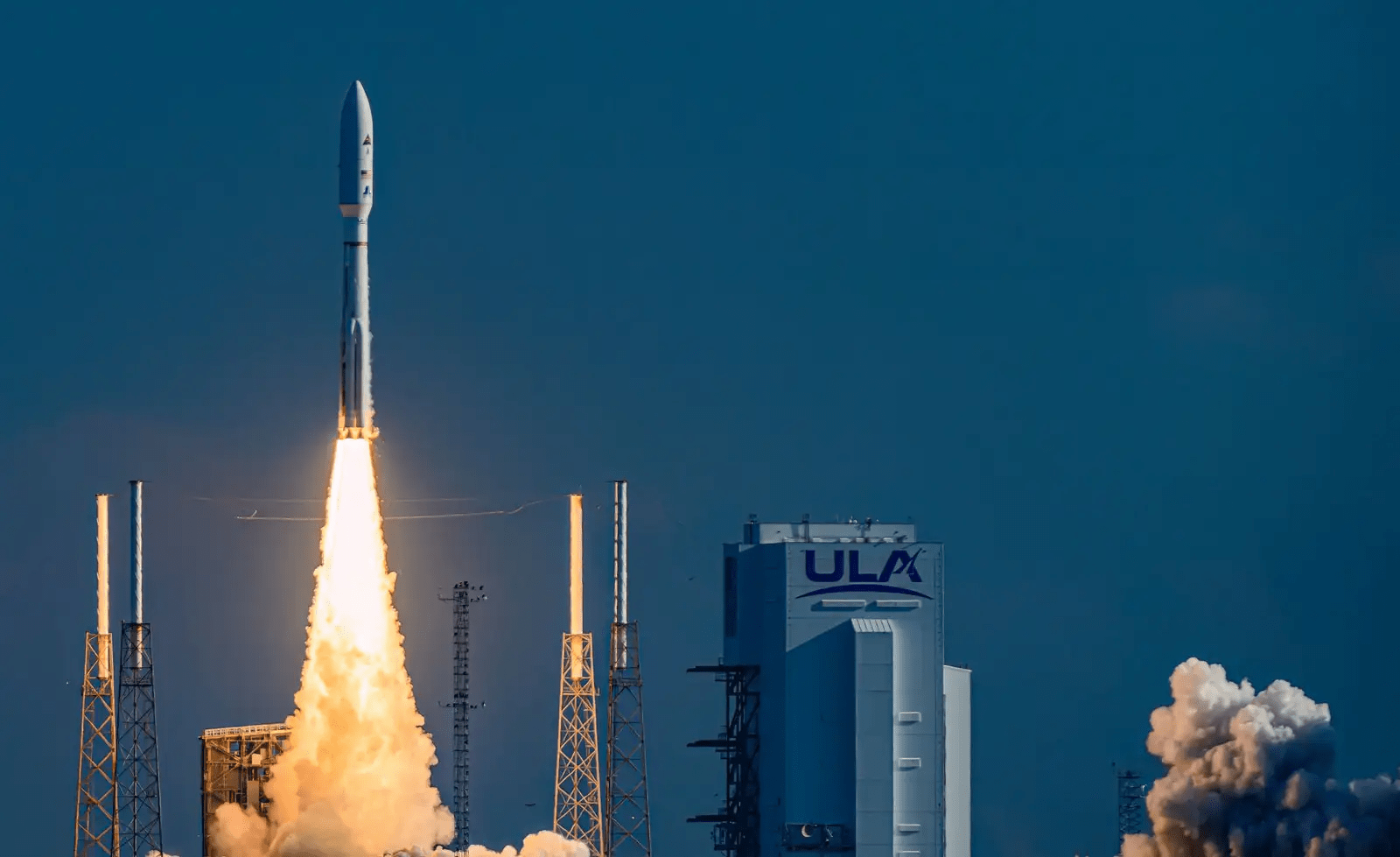
On September 10 at 8:47 a.m. ET, a ULA Atlas V rocket lifted off from Launch Complex-41 at Cape Canaveral Space Force Station, Florida, carrying the Silent Barker/NROL-107 mission into orbit.
Silentbarker/NROL-107 is a joint project between the U.S. Space Force's Space Systems Command (SSC) and the National Reconnaissance Office, designed to enhance the nation's space situational awareness and monitor potential threats in orbit.
Photo 4 :
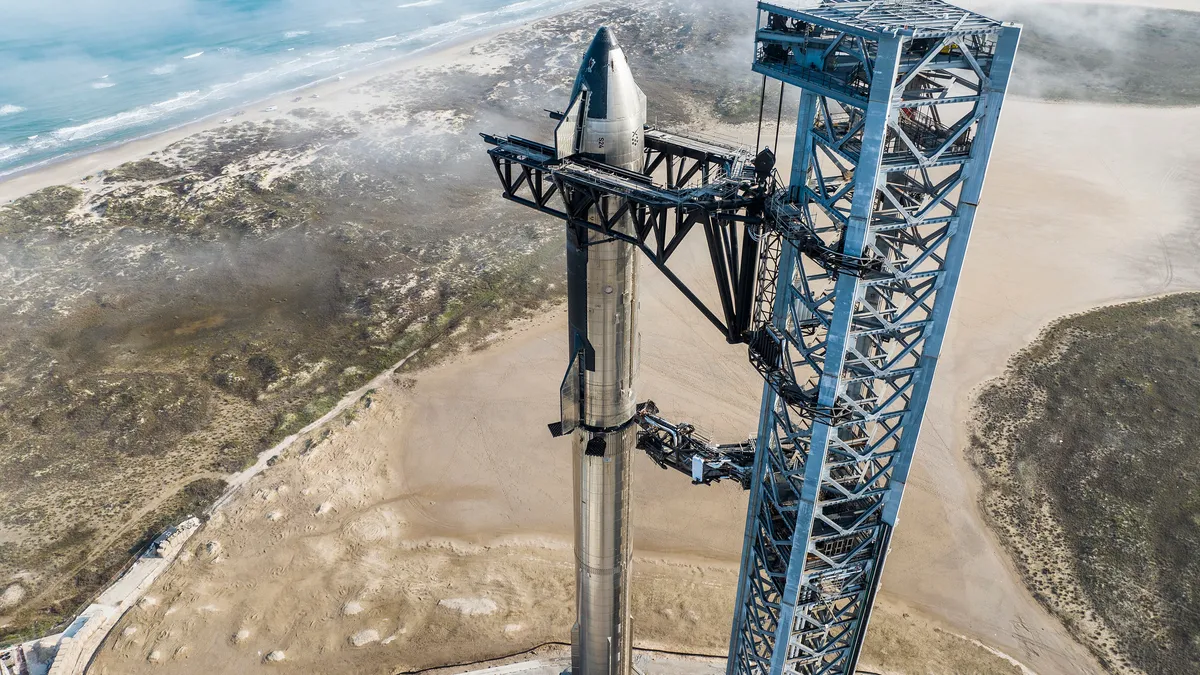
This image taken at SpaceX's Starbase site in Boca Chica, Texas, on September 5 shows the Starship rocket being loaded onto the launch pad. The Starship is ready to fly but is still awaiting regulatory approval.
While the Federal Aviation Administration is working closely with SpaceX to approve Starship's next launch, another federal agency — the Fish and Wildlife Service — is demanding an environmental review of the vehicle for months to come.
Photo 5:
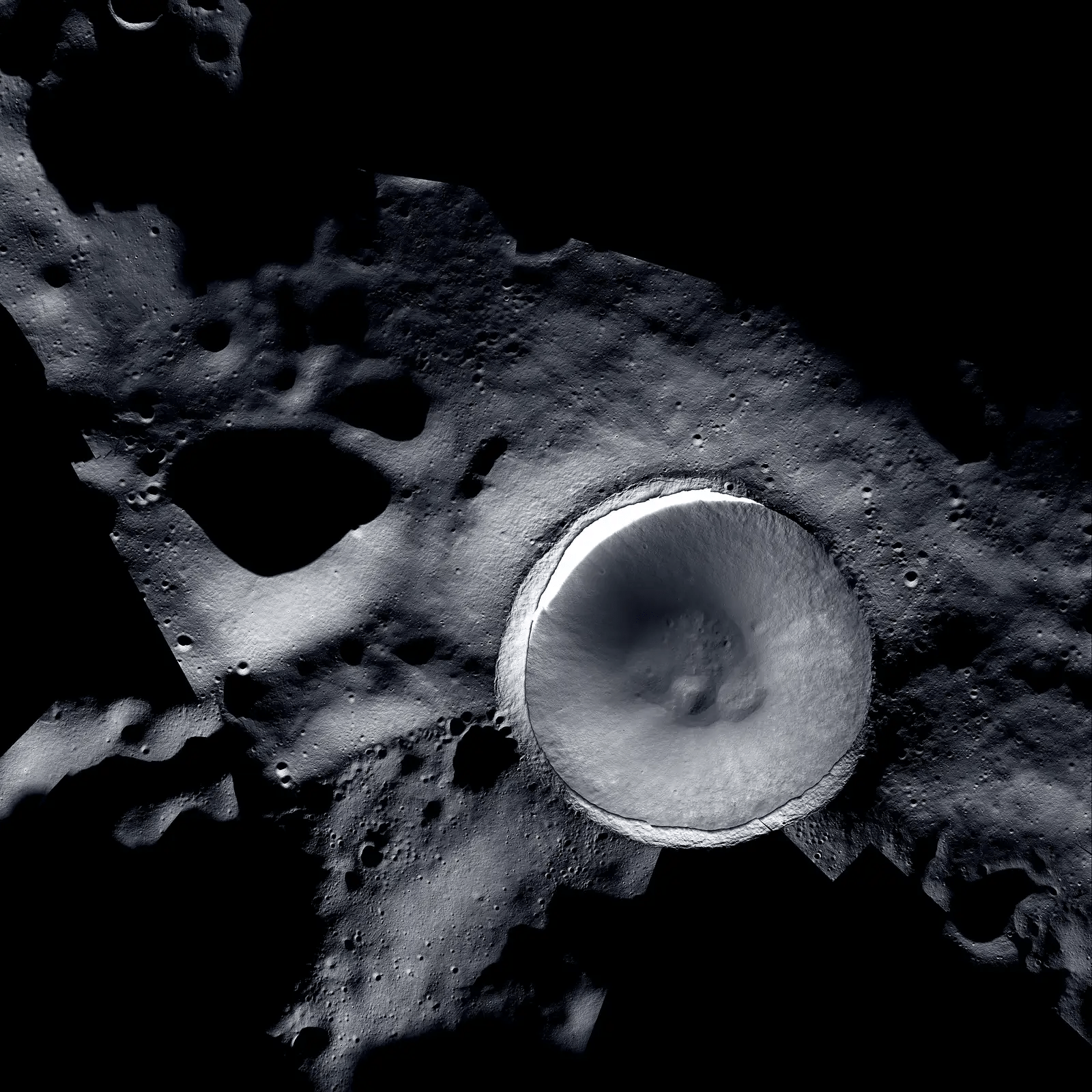
Image created from LROC (Lunar Reconnaissance Orbiter Camera) and ShadowCam with imagery provided by NASA/KARI/ASU.
For the first time, the LROC and ShadowCam cameras have teamed up to capture detailed images of Shackleton Crater near the Moon's South Pole.
LROC takes clear pictures of the bright parts of the Moon but struggles with the dark, shadowy areas. Meanwhile, ShadowCam, which is super sensitive to light, captures the shadowy parts.
By cleverly using both cameras, scientists have captured full, detailed images of the surface of part of the Moon's South Pole region.
Photo 6:
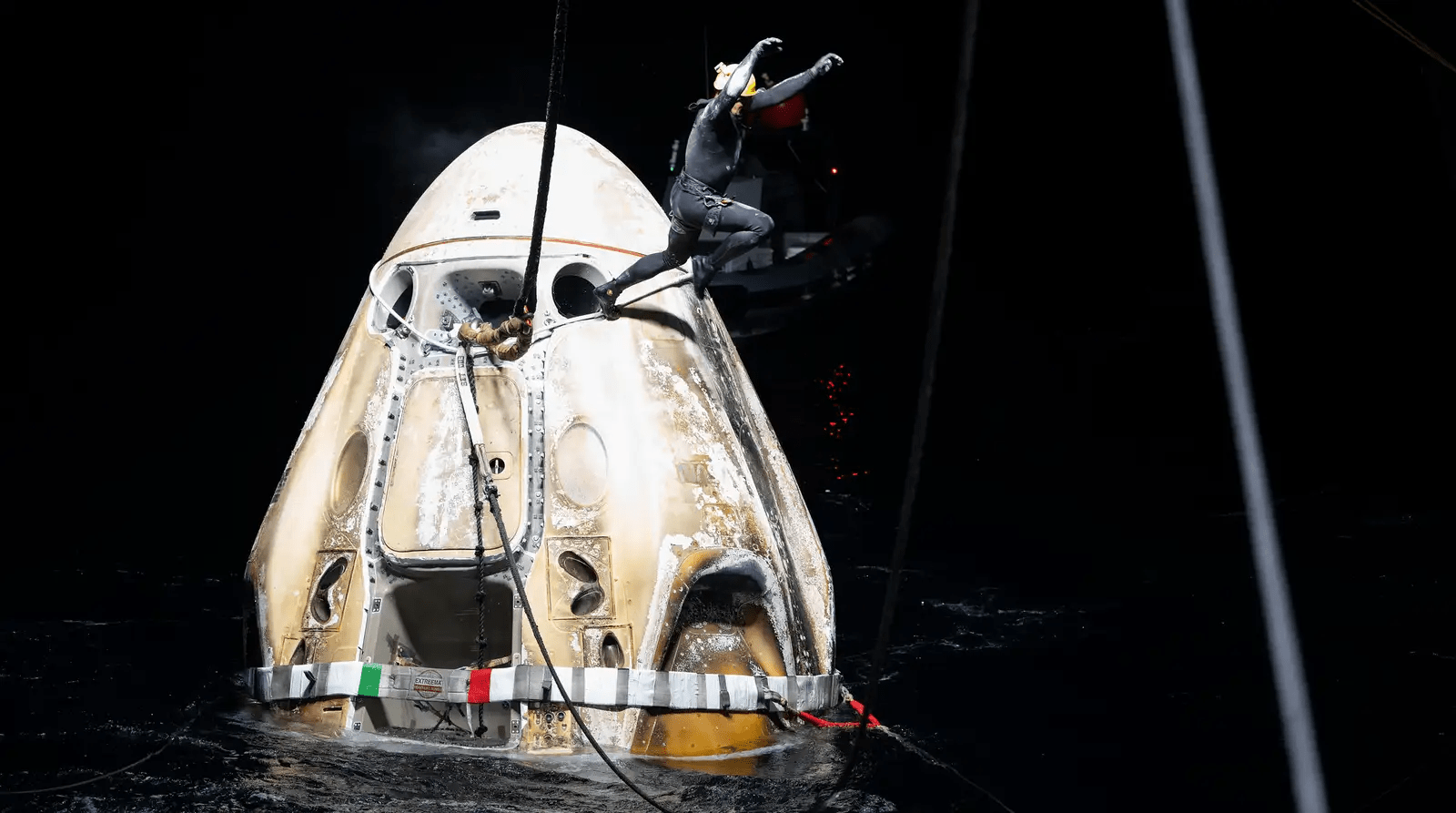
This image shows support teams approaching the SpaceX Dragon Endeavour spacecraft shortly after it landed in the Atlantic Ocean near Jacksonville, Florida, on Monday, September 4.
On board were four people: NASA astronauts Stephen Bowen and Warren “Woody” Hoburg; Emirati astronaut Sultan Alneyadi; and Roscosmos astronaut Andrey Fedyaev. The astronauts returned after nearly six months in space, serving as part of Expedition 69 on the International Space Station (ISS).
Photo 7:
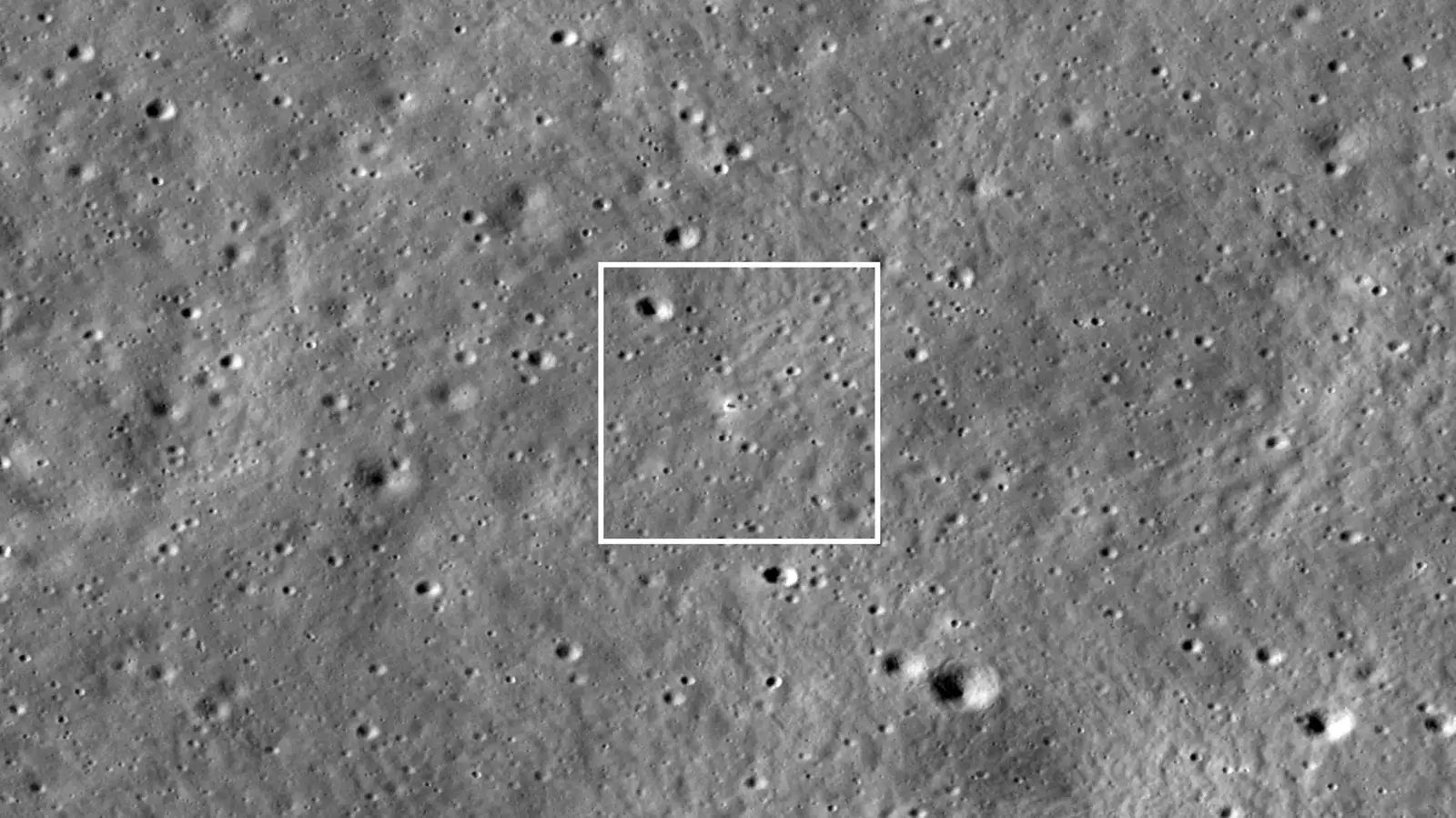
Source: NASA Goddard Space Flight Center/Arizona State University, USA
Days after India's Chandrayaan-3 lander touched down near the Moon's south pole, NASA's Lunar Reconnaissance Orbiter (LRO) captured this image of the Indian lander's landing site. The lunar square shows the Vikram lander with its distinctive lunar halo.
Photo 8:
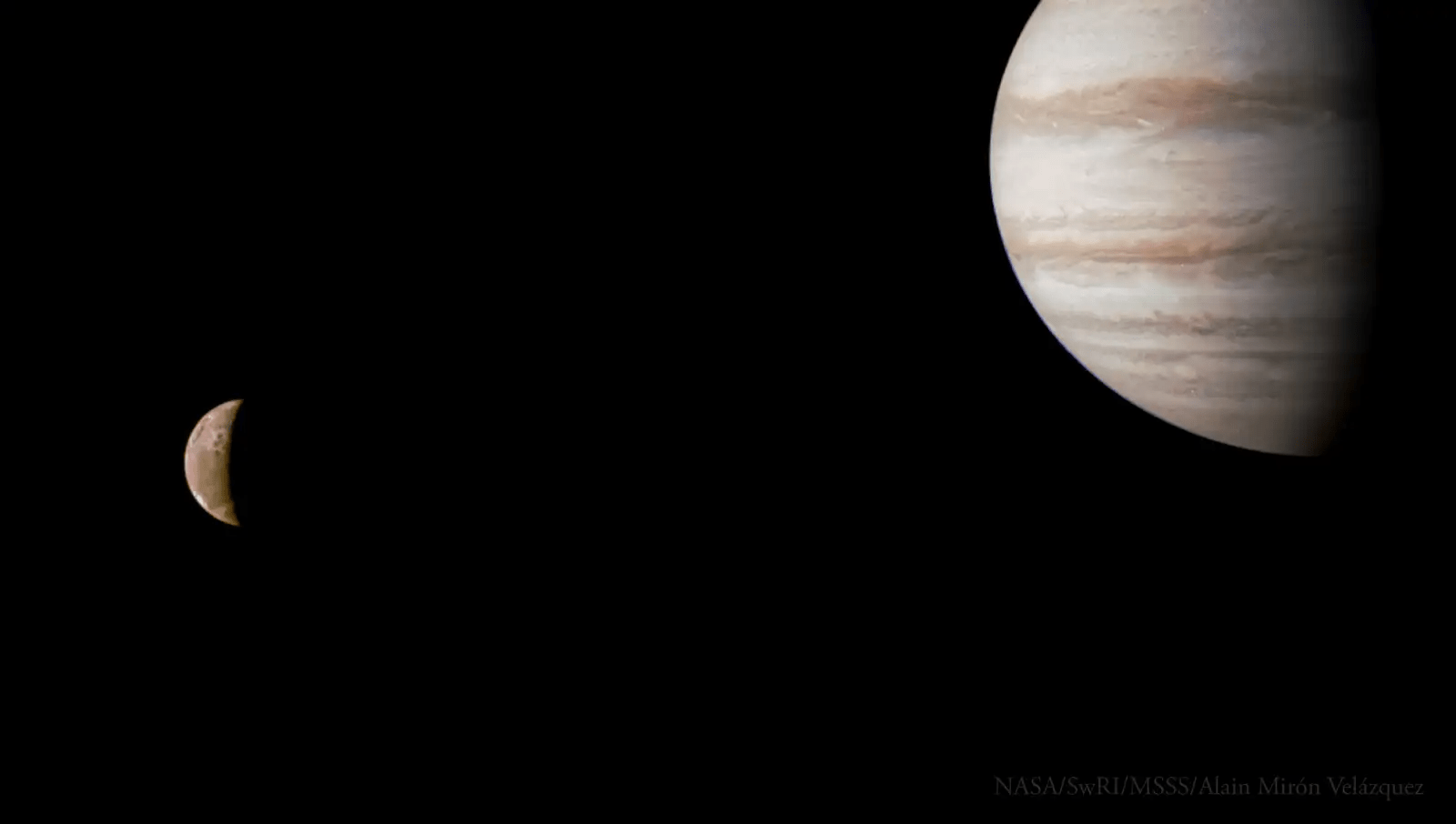
Photo: NASA/JPL-Caltech/SwRI/MSSS Image processing by Alain Mirón Velázquez
Just ahead of its 53rd close flyby of Jupiter, NASA's Juno spacecraft captured stunning views of the planet and its volcanic moon, Io.
This image, processed by scientist Alain Mirón Velázquez from raw JunoCam data, shows Io's dynamic surface, with its many active volcanoes. When the image was taken, the Juno spacecraft was about 51,770 km (32,000 miles) from Io and about 395,000 km (245,000 miles) from Jupiter's cloud tops.
Photo 9:
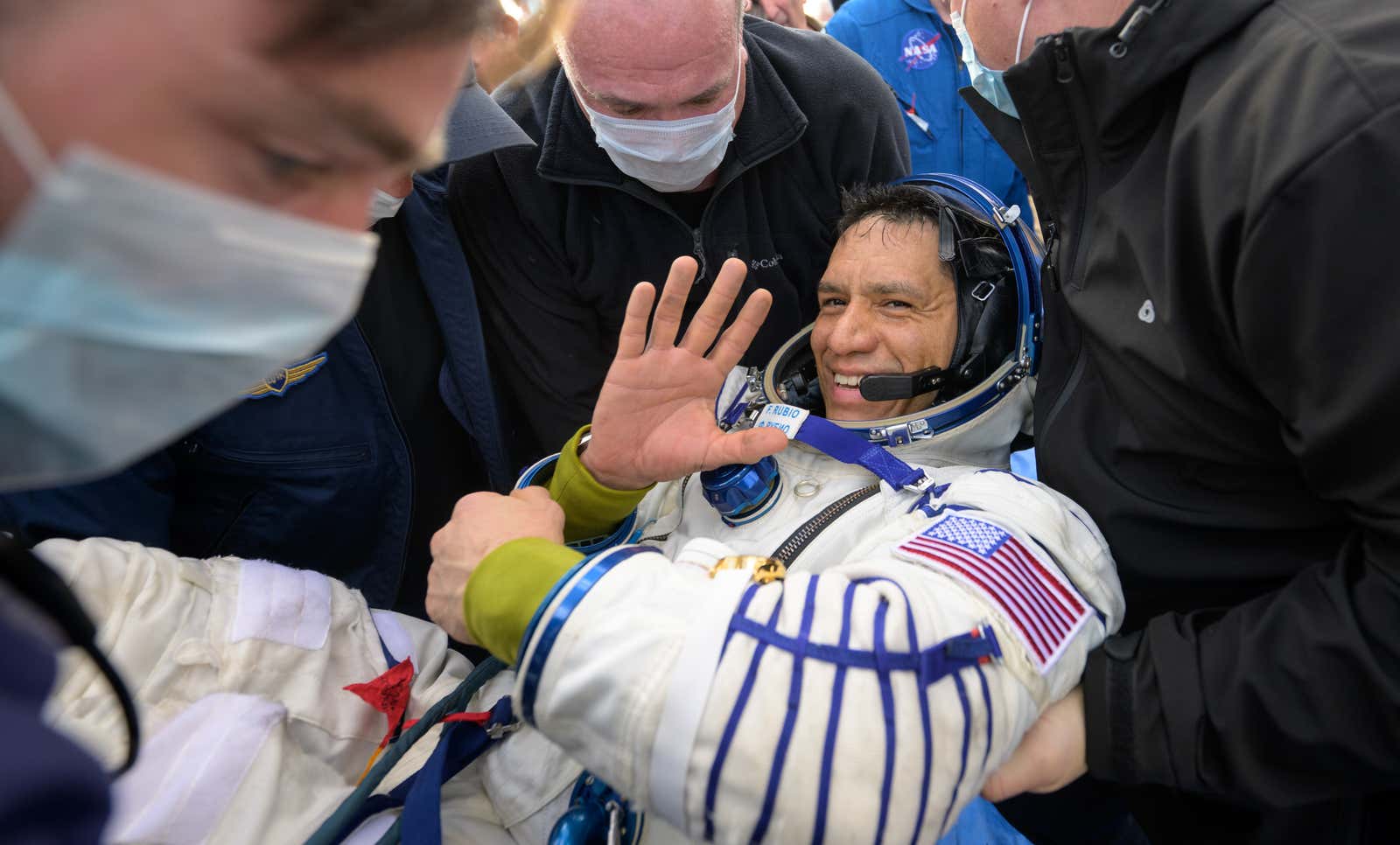
NASA astronaut Frank Rubio has accidentally set a new record for the longest time in space by an American astronaut after spending more than a year on the ISS.
Astronaut Frank Rubio, along with Roscosmos cosmonauts Sergey Prokopyev and Dmitri Petelin, returned to Earth and landed in Kazakhstan on September 27 in the Soyuz MS-23 spacecraft after 371 days in orbit.
Source: Gizmodo, Space
Source



































































































Comment (0)